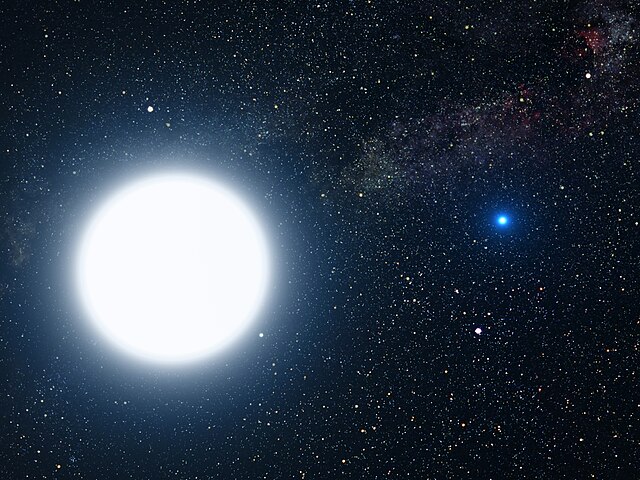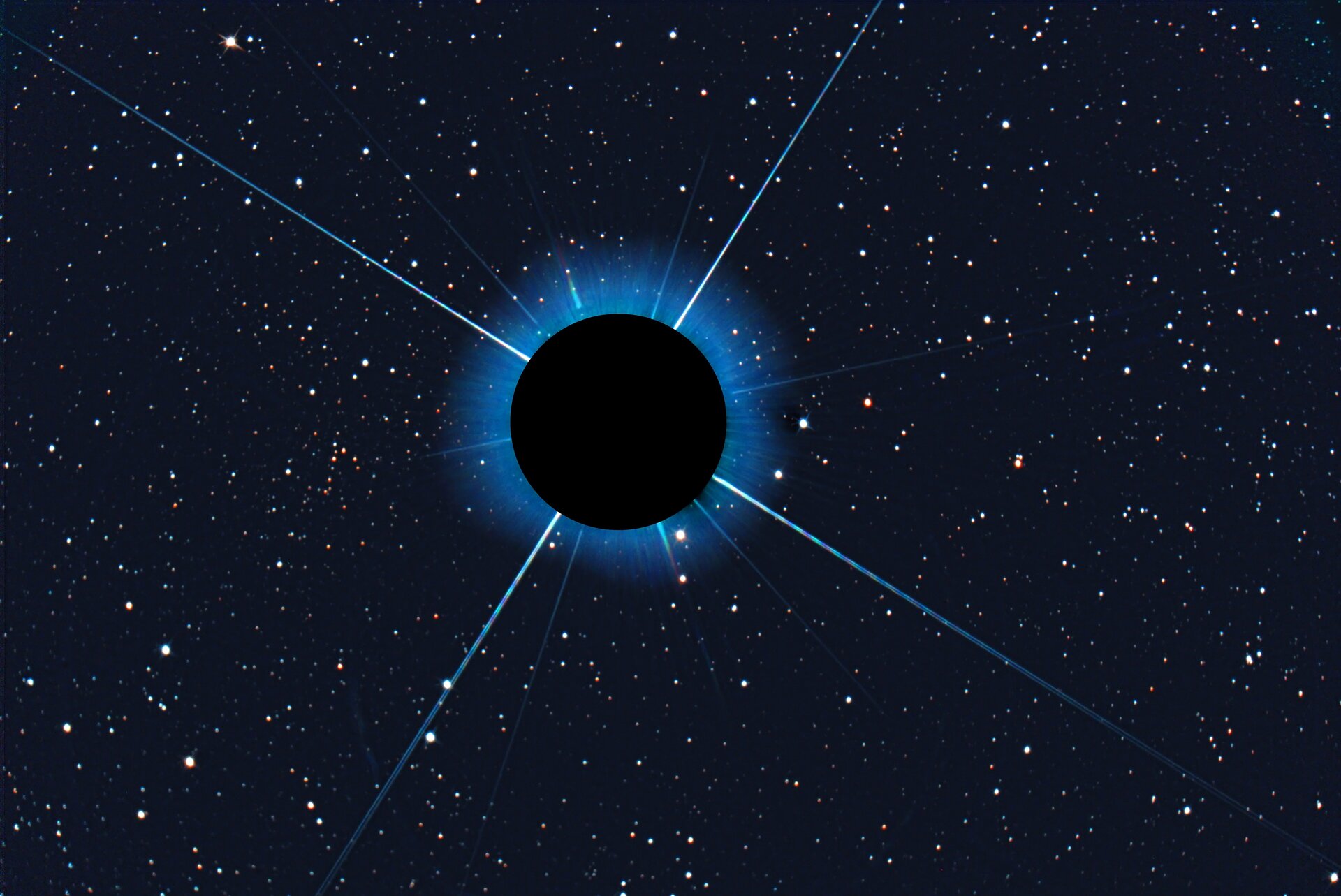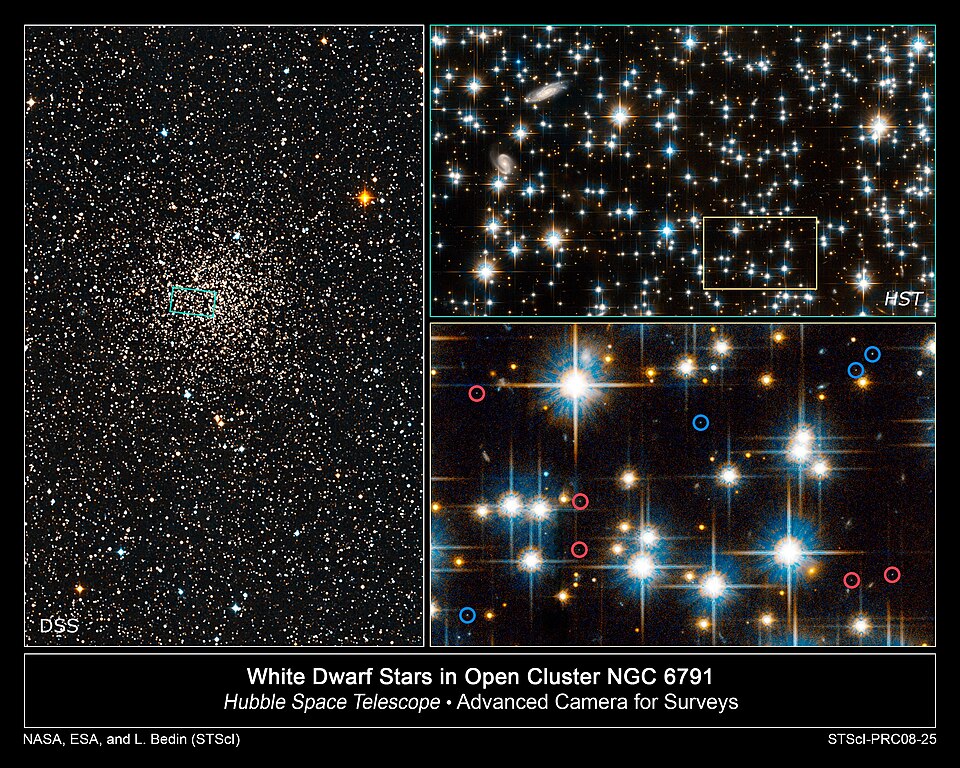Speaking of not seeing the forest for the trees, or not seeing the dwarf lenticular galaxy (Bedin 1) for the globular cluster NGC 6752, did you know that for the longest time astronomers didn't see the rich open cluster Gaia 1 because it was lost in the glare of brilliantly bright star Sirius?
ESA wrote:
Dazzling stars like Sirius are both a blessing and a curse for astronomers. Their bright appearance provides plenty of light to study their properties, but also outshines other celestial sources that happen to lie in the same patch of sky.
This is why Sirius has been masked in this picture taken by amateur astronomer Harald Kaiser on 10 January from Karlsruhe, a city in the southwest of Germany.
Once the glare of Sirius is removed, an interesting object becomes visible to its left: the stellar cluster Gaia 1, first spotted last year using data from ESA’s Gaia satellite.
Wikipedia wrote:
Gaia 1 is an open cluster of stars discovered in 2017 by astronomers using data from the Gaia Space Observatory. It is a high-mass and bright cluster, but it remained unseen in prior astronomy due to veiling glare in ordinary telescopes overwhelmed by the star Sirius, which lies 10 arcmins west. Its half-light radius is about 29 light-years (9 pc), assuming a distance of 15,000 light-years (4,600 pc), and it has an estimated mass of about
22,000 M☉.
Researchers detected the Gaia 1 cluster applying automated "star gauging" to the Gaia observatory's data on star locations. This analysis surprisingly indicated a prominent concentration of stars, previously unknown and uncataloged, adjacent to Sirius. Gaia observed a cluster population of approximately 1,200 stars down to Gaia magnitude 19. Analysis of 2MASS data for those stars shows a red giant branch and a pronounced red clump that allows the absolute magnitude of the stars to be deduced and the distance calculated. Fitting the red giant branch also allows the age of the cluster to be calculated at 6.3 billion years.
Gaia 1 has an estimated mass of
22,000 M☉, and it is believed to be 6.3 billion years old!!! That's huge! It's like the Double Cluster in Perseus, but the only way the Twins can keep up with Gaia 1 is if you count their huge halos. And NGC 869 and NGC 884 are believed to be only 14 million years old, and open clusters keep shrinking and losing members over time. Gaia 1 is supposedly 6.3 billion years old, making it one of the oldest known clusters of the Milky Way, and it is still as massive - or marginally more massive - than the Double Cluster and their halo put together!



The Double Cluster in Perseus. Credit: Dave & Telescope.
Double Cluster in Perseus, you've got nothing on cluster Gaia 1! Admittedly though, speaking of old open clusters, NGC 6791 is even older:
According to
ESA/Hubble, NGC 6791 is 8 billion years old.
An estimate from 2003 claimed that it is 10 billion years old.
A really very old publication - from 1965!! - claimed that the mass of NGC 6791 is some 3000 M
☉.
Whatever! Gaia 1 is a remarkable cluster, and it has been playing hide and seek behind Sirius for as long as humanity has been in possession of telescopes!

Ann
 NGC 7293: The Helix Nebula
NGC 7293: The Helix Nebula






